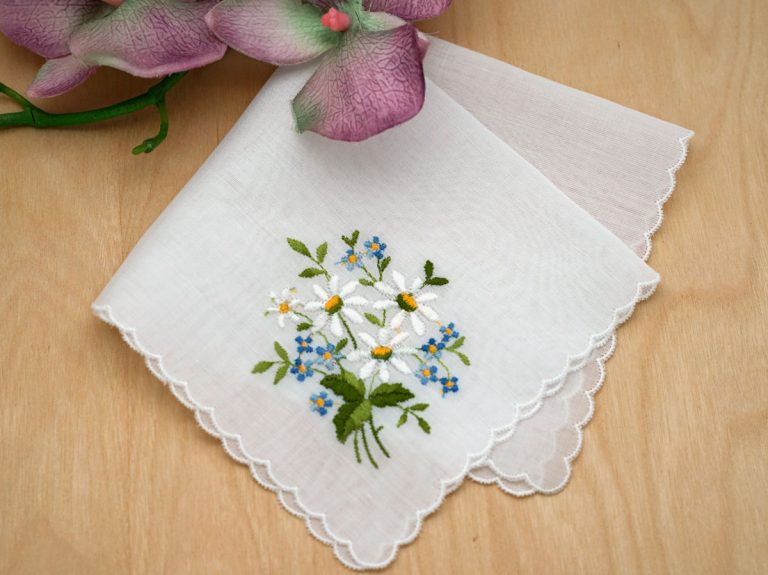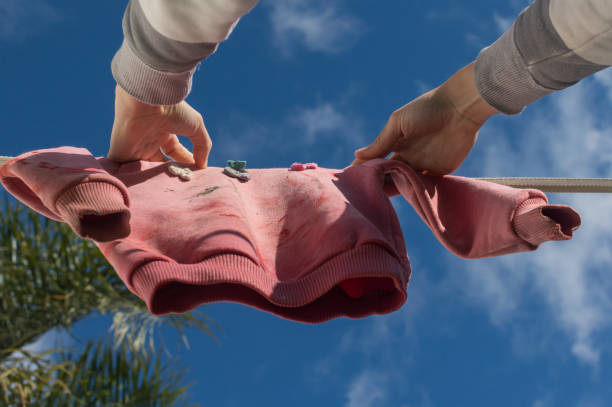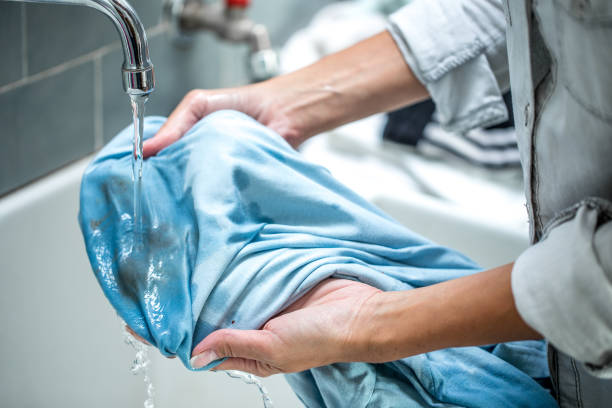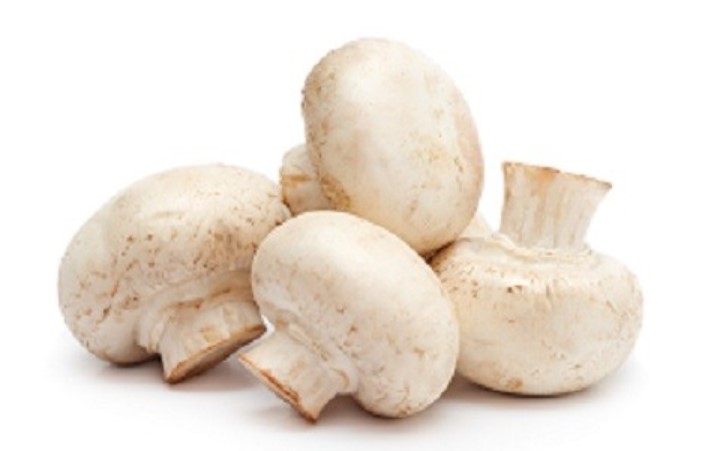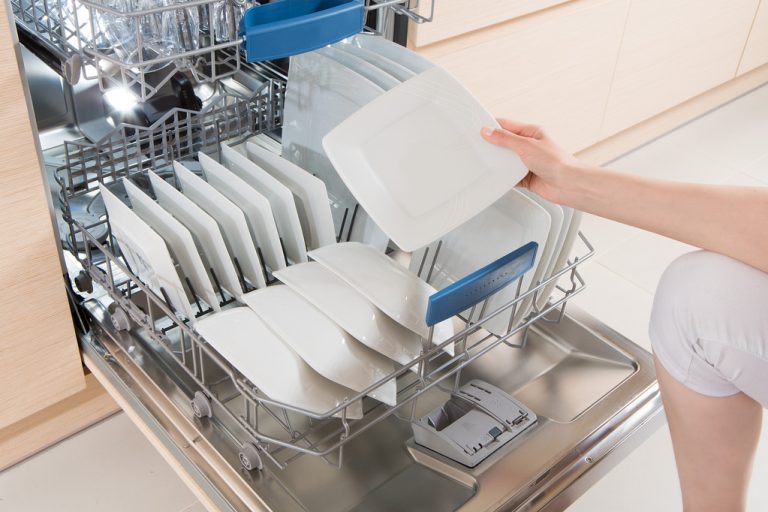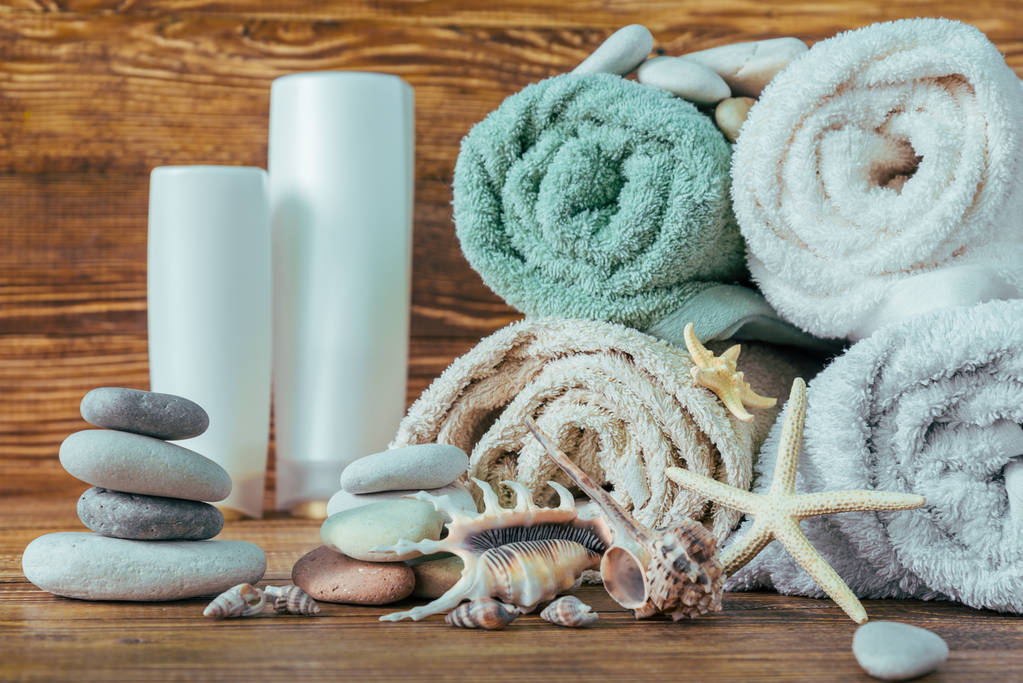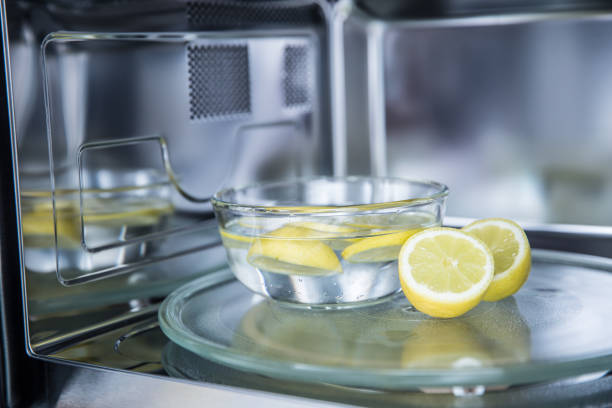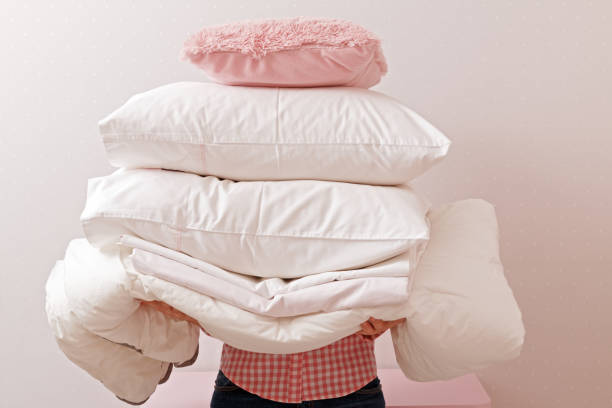Buy and washcloth handkerchiefs with simple methods. Because with these wipes you are using an environmentally friendly alternative. In addition, cleaning handkerchiefs is easy and handkerchiefs are hygienic when cleaned properly.
Very few people choose the tissue alternative. Because many believe it is not hygienic. But with the right cleaning and care, handkerchiefs made of fabric are a good alternative to paper handkerchiefs.
Why should you use cloth towels?
If you want to make a contribution to environmental protection, you can start by using handkerchiefs. Because the usual paper handkerchiefs are usually packaged in plastic and are produced with a high expenditure of energy and resources. It doesn’t help much if the paper towels are made from recycled paper. So you can use tissue handkerchiefs and protect the environment. In addition, cloth towels have the advantage that they last a long time.

Are handkerchiefs hygienic?
It is not true that the tissues for blowing your nose are unhygienic. Because the cloth handkerchiefs are hygienic, provided you change them often enough. You should also clean the clothes properly for sufficient hygiene so that bacteria and viruses are killed. In addition, you should not just toss them in the laundry basket with other clothes unless you also wash them at high temperatures. Consequently, a cloth handkerchief can be just as hygienic as a paper handkerchief. Also, note our tips against colds.
“The risk of cross-contamination is considered to be rather low. However, higher washing temperatures and stronger detergents are recommended because rhinoviruses, which cause colds, are quite persistent. Therefore, in the event of an acute infection, a paper handkerchief can be useful when you are out and about.”
Mr. Glassl from the Body Care Industry Association on the use of handkerchiefs
Tips for washing handkerchiefs
Your handkerchiefs can be easily washed with three simple methods. Regular cleaning of the clothes is important. This way you guarantee that the clothes remain hygienically clean. Consequently, they become a good and environmentally friendly alternative to paper handkerchiefs. Please also note our article on ordering ecological natural fashion on the Internet.
1) Cleaning the washing machine
To keep the handkerchiefs hygienic, you should wash them in the washing machine at least 60 degrees. You should also use detergents that contain bleach. As these have a higher washing effect. A washing cycle at 90 degrees is also possible. Please also note our tips for doing laundry.
2) Wash handkerchiefs in a water bath
If you don’t wash often at such high temperatures, you can also clean the clothes in a different way. To do this, put the used towels in a heat-resistant bowl. Then boil water in a kettle and put it in the bowl. After you have left everything to work for 15 minutes, you can rinse the towels with cold water and let them dry. You can also clean artificial plants in the water bath.
3) Clean handkerchiefs in saltwater
Cleaning handkerchiefs effectively is actually quite simple. If you want to clean the tissue handkerchiefs, soak them in saltwater for about 12 hours (e.g. overnight) before washing. Then they get really clean again. Also, read more interesting facts about the household remedy salt.
Buy handkerchiefs or make them yourself
Now, where do you get cloth handkerchiefs from? You can either sew them yourself from old scraps of fabric. It is best to use leftover cotton or linen for this. You can also buy handkerchiefs online.

